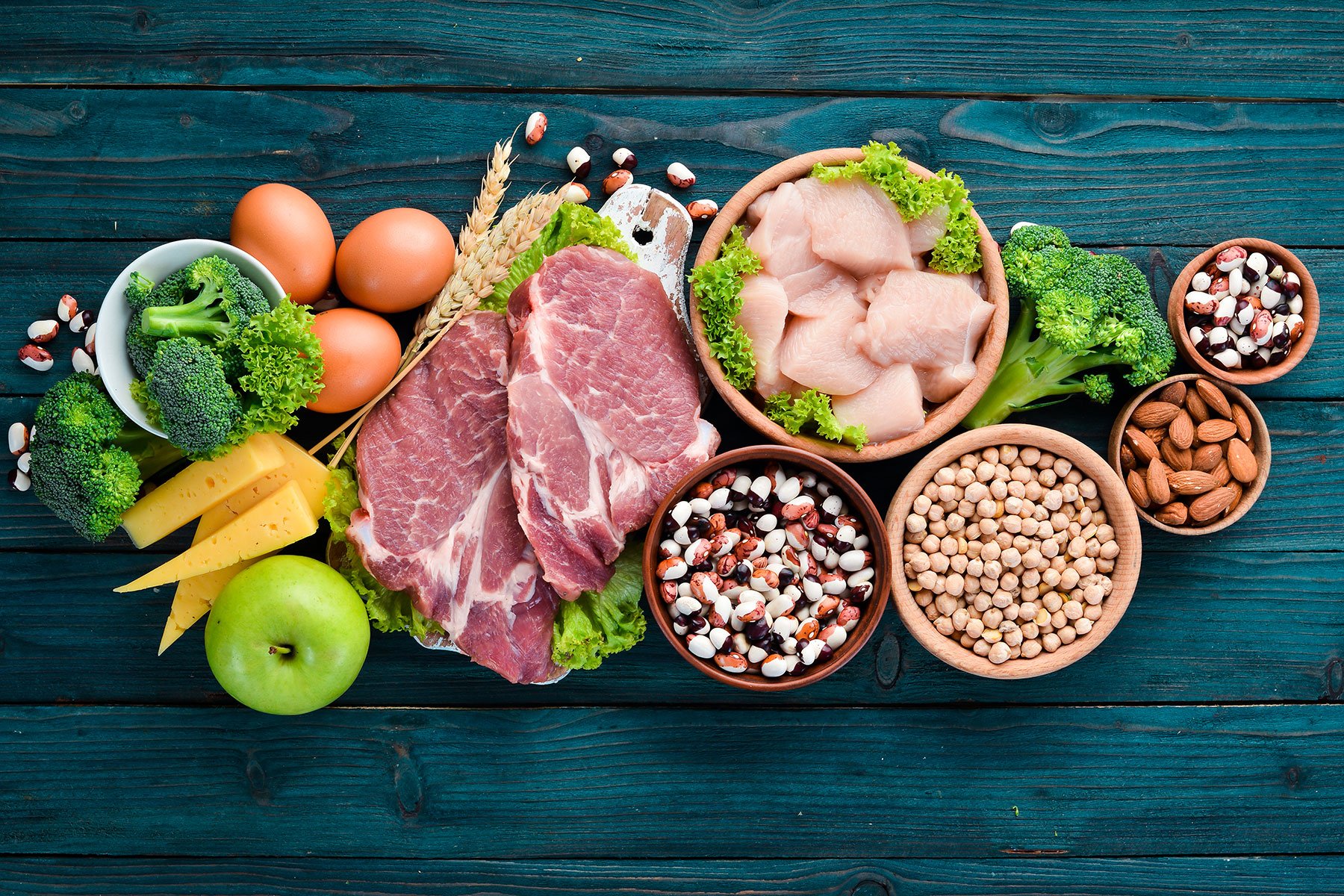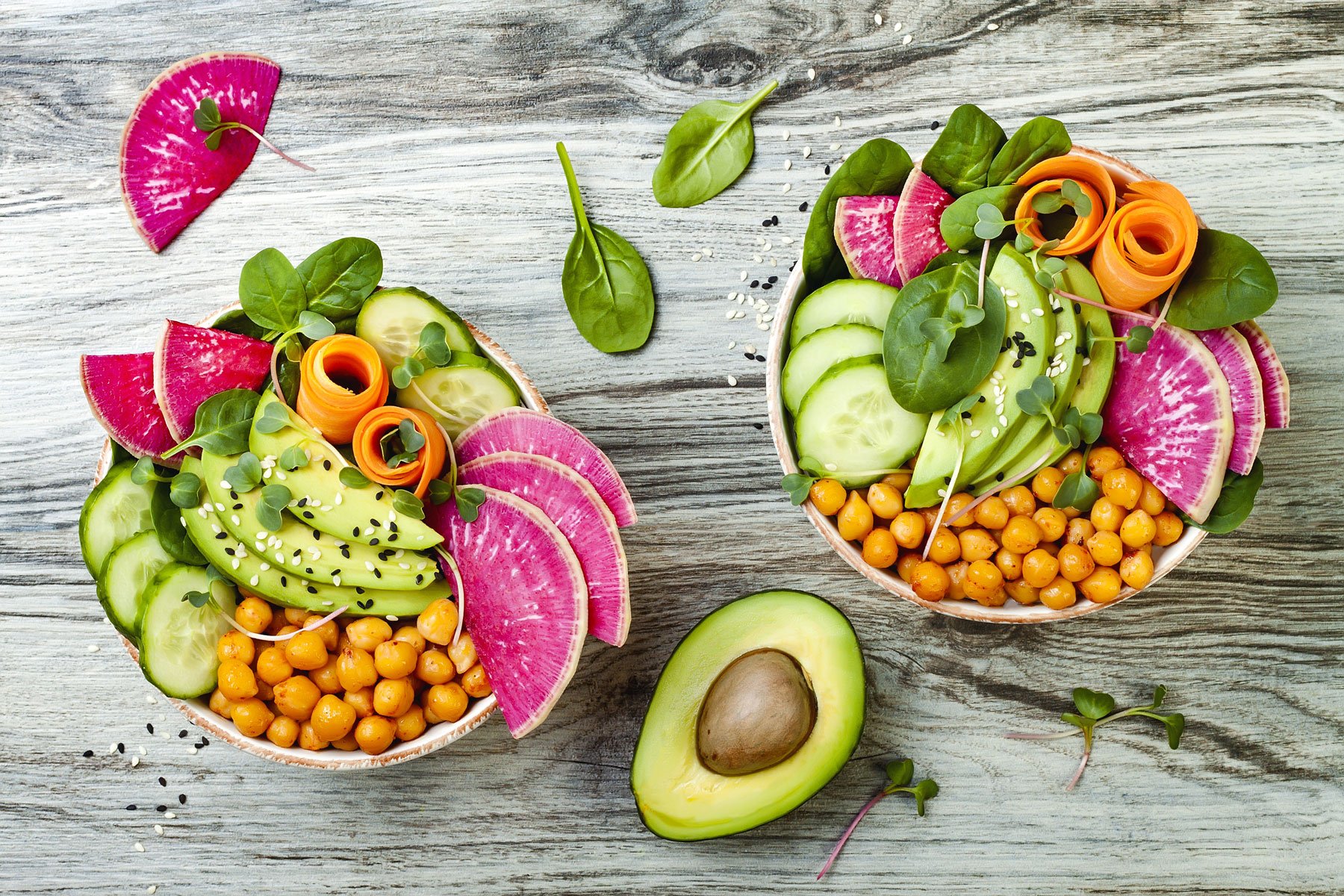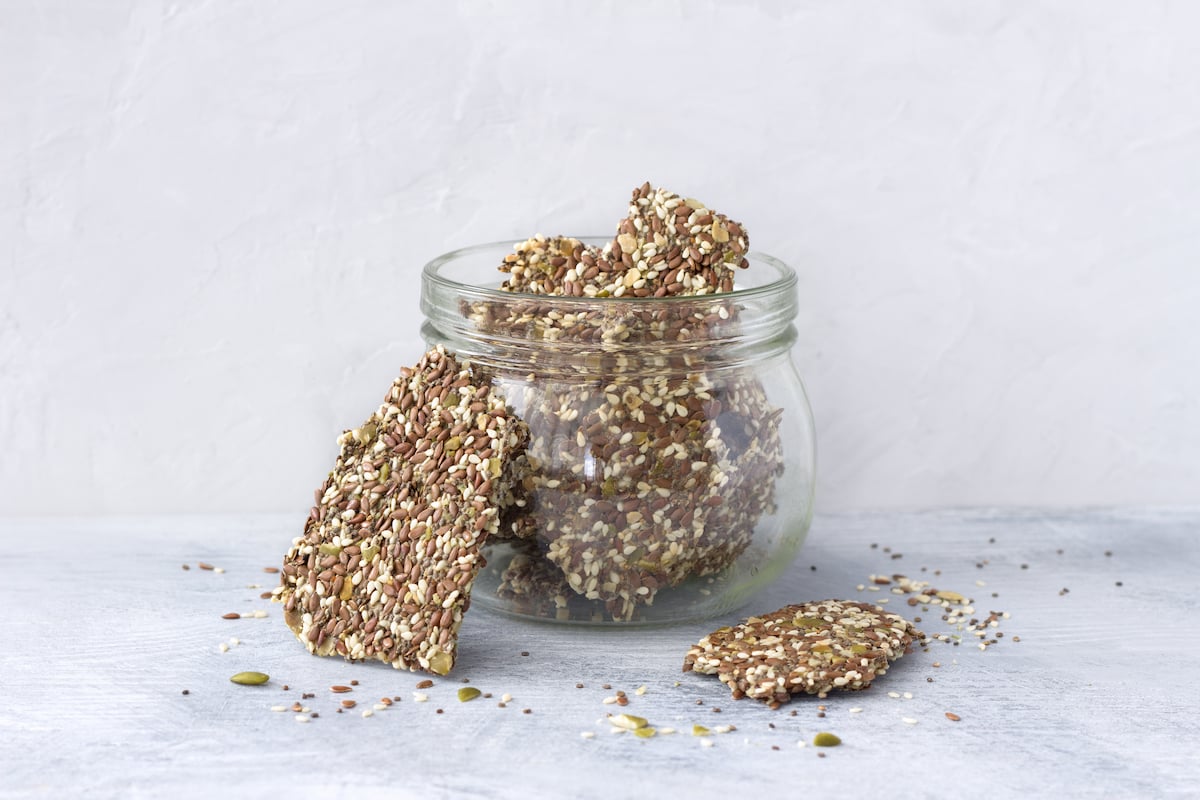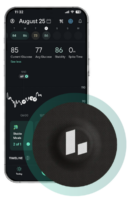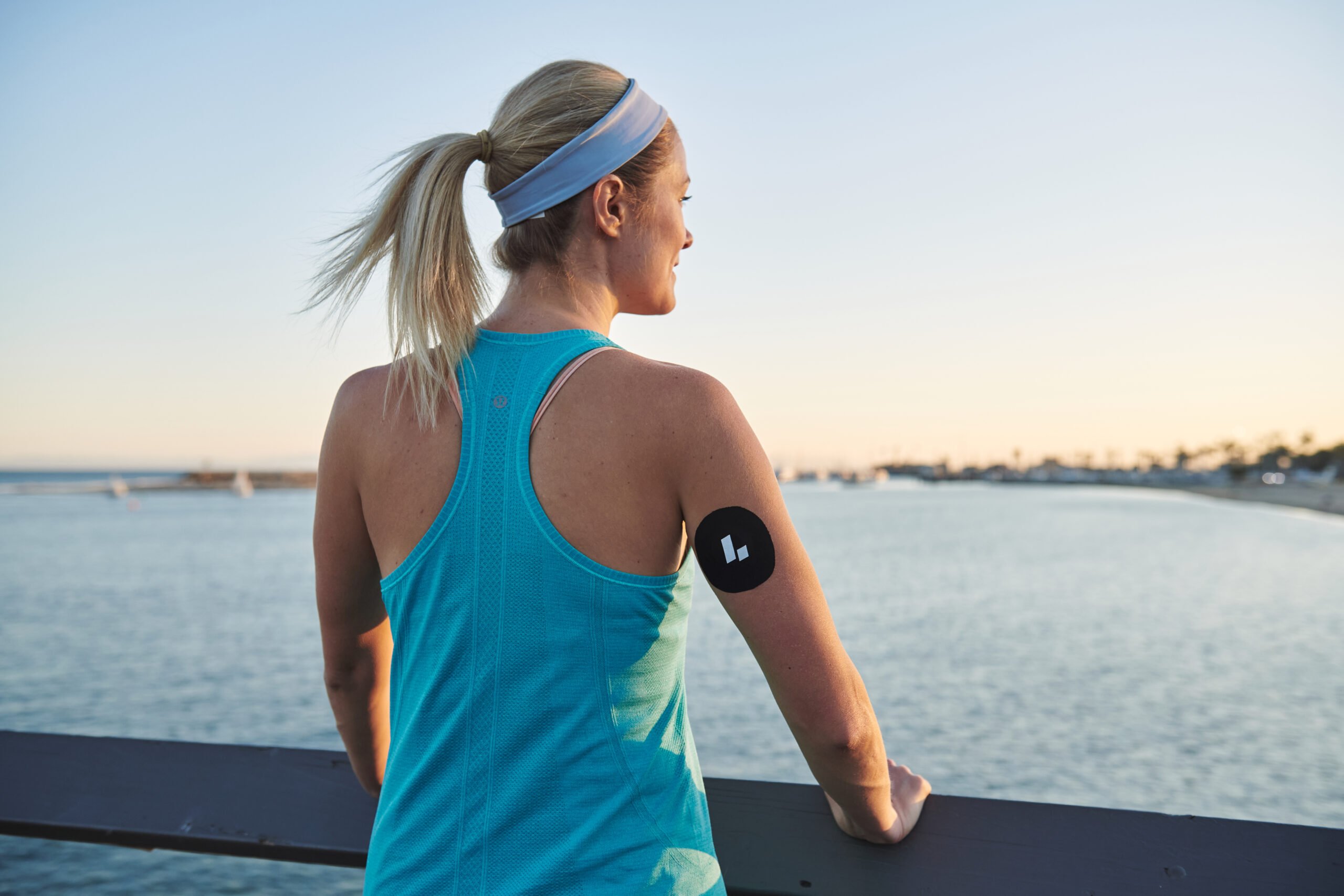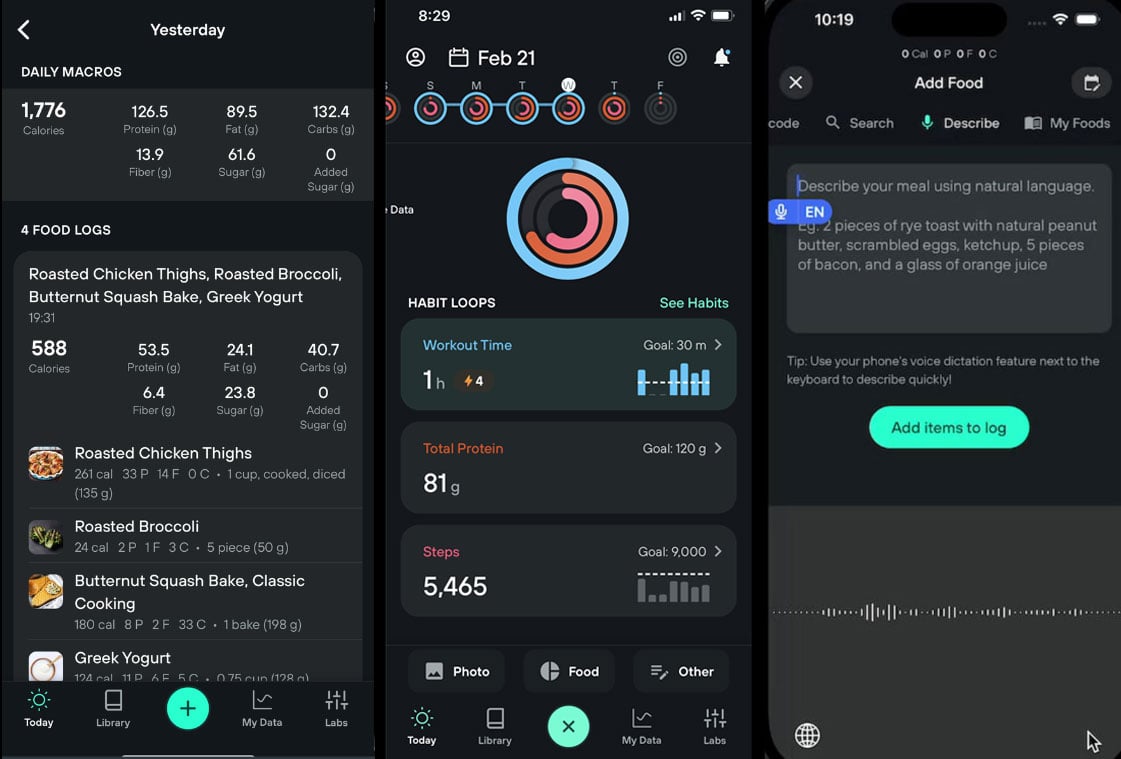
Levels now offers full macro tracking [left] for meals and ingredients. You can also set daily goals and track your progress [center]. AI-assisted logging is fast and simple [right].
Metabolic health has always been about more than glucose. While there is something truly magical and revealing about seeing your blood sugar levels respond in real time to what you eat and do, a stable glucose line isn’t the destination; it’s one part of the journey. Another part: the quality of the food you eat, particularly its maconutients.
Now Levels delivers even more on our promise to show you how food affects your health with full macronutrient breakdown, goals, and insights for all the foods you log. To ensure you’re taking advantage of these features, we’ve also made it easier than ever to log your meals.
Here’s a look at the new logging and macro-counting features in the Levels app and how you can use them to improve your overall health.
Why do macros matter?
As Levels co-founder Dr. Casey Means always says, food is information for your body. What you eat literally forms the building blocks of your cells and serves as the power source for all the processes that make your body run. Healthy eating, and helping your body perform optimally, requires a mix of macro and micronutrients. Both necessitate eating a wide variety of whole foods (not processed) to ensure you’re getting sufficient quantities.
The optimal macro ratio differs for everybody and their unique nutrition and fitness goals. Here’s more detail on each of the four main macros.
Why Protein Matters for Metabolic Health
When we eat protein, we consume amino acids that help build the proteins our body needs to create and repair every tissue, including muscle. Building muscle tissue is crucial for metabolic health, as muscle is an excellent sink for glucose, often without insulin. Eating protein in our meals also helps slow glucose absorption and makes us feel full—both factors that can promote stable glucose. Additionally, optimizing protein intake can aid in increased muscle mass, fat loss, and improved body composition.
How to get enough protein
- Protein needs vary widely, but an excellent place to start is .75g per pound of body weight
- Distribute protein intake across meals, aiming for portion sizes of 20-30g per meal
- Eat protein-rich snacks like jerky, chickpeas, and nuts
- Add protein powder to shakes or smoothies
Read more:
Why Carbs Matter for Metabolic Health
Carbohydrates have the most direct impact on your blood sugar because your body breaks carbs down into glucose. Eating for stable glucose means avoiding consuming large serving sizes of carbohydrates (especially refined carbs like sugars and wheat flour) at once, which can overwhelm your body’s natural systems for processing that glucose, leading to a spike. Note that you don’t have to follow a strict keto diet or low-carb diet to be healthy, especially if you favor whole foods and eat balanced meals.
How to reduce unhealthy carbs
- Avoid added sugars—even in “natural” forms like honey—and refined wheat flour
- Get your carbs from whole foods like fruits and veggies
- Eat carbs with fat, protein, and fiber, which slow glucose absorption
Read more:
Why Fat Matters for Metabolic Health
Your body needs dietary fat to protect organs, support cell function, make hormones, and provide energy. Fat can also help you feel full and more satisfied because it takes longer to digest than other nutrients; it can also help blunt a glucose spike. Replacing refined carbs with healthy fats can actually aid in weight loss.
How to reduce unhealthy fats and increase healthy fat
- Aim for monounsaturated fats like those in olive oil, avocados, and nuts and seeds
- Favor polyunsaturated fats high in Omega-3s like those in salmon and flax seeds
- Avoid trans fats and highly processed seed oils
- Try to get saturated fats from natural whole foods
Read more:
Why Fiber Matters for Metabolic Health
Although fiber is a carbohydrate, it mostly passes through your digestive system intact, so it doesn’t raise glucose levels. In fact, it helps slow glucose absorption and can make you feel more full, so it’s a great addition to other carbs. Finally, fiber feeds the gut, producing beneficial short-chain fatty acids that promote a healthy microbiome.
How to get enough fiber
- Levels advisors recommend aiming for up to 50g of fiber per day
- Chia is one of the best low-carb sources, along with flax seed and beans
- Favor high-fiber, low-sugar fruits like avocado and raspberries
- If you use supplements, avoid those with added sugar
Read more:
How Levels helps you count macros and meet your macro goals
Consider Levels your personal food diary. When you log a meal in the Levels app, it immediately returns a full macronutrient breakdown of the individual ingredients and the entire meal, showing you the total calories, plus grams of protein, fat, carbohydrates, fiber, sugar, and added sugar. You can also see your daily calorie intake and macro totals so far.
Having this sort of a breakdown of your food intake helps you see the impact of your eating patterns and individual parts of your meals, like sprinkling some chia seeds on your avocado toast for extra fiber or adding some tofu to your scramble for extra protein. If you find your sugar intake high, you can isolate where it’s coming from. At the same time, you can watch your progress as the day progresses so you can make smarter food choices when composing your meal plan: Already high in carbs for the day? Swap the dinner pasta for konjack noodles.
Finally, to truly hold yourself accountable, in addition to setting daily macronutrient goals and percentages, you can also set daily goals around activity level and blood sugar. Hit those workout and nutrition goals across multiple days and see your streak.
 Want to learn how more macros affect your metabolic health?
Want to learn how more macros affect your metabolic health?
Levels members get access to the most advanced continuous glucose monitors (CGM), along with the Levels app with all the features mentioned here so you can build healthy, sustainable habits. Click here to learn more about Levels.
How to use Levels’ macro-tracking app feature
First, there are four ways to log your meal:
- Meal Describe with AI: Simply type or speak your meal in natural language, and our AI engine will figure out the individual ingredients and return your full breakdown. (You can make adjustments if it gets something wrong.)
- Barcode scanner: Just point your camera at the barcode, and we’ll query our database of thousands of packaged foods.
- Search: Start typing your food, and we’ll pull up options from our food database for you to select.
- Recent and Custom: Pick from a list of your most recently logged meals, or create custom meals for your own recipes.
Once you complete the meal log, you’ll see a breakdown by Zone (roughly a few hours around the meal), by meal (swipe between cards if you have multiple meals in a zone), and by item or ingredient. You’ll also see Insights, which are short bits of information about the foods you logged: why they’re healthy, why you might avoid them, and swap ideas for next time.
Swipe the screen into Habit Loops to see your three daily habits—macros, exercise, and blood sugar. Click the My Data tab and Search All Logs to see a complete list of meal logs, as well as imported exercise and sleep data.
These macro tracking and logging features are only the beginning. Our goal is to give you a full picture of your metabolic health and wellness—across blood sugar, biomarkers, and nutrition—and to help you connect the dots between what you eat and do and those markers. Over time, look for more insights, habits, and feedback to help you build the best you.
Watch this video for more detail on the new macro calculator and logging features.
 Learn what to eat, build better habits
Learn what to eat, build better habits
The best way to understand your metabolic health is with a continuous glucose monitor and an app like Levels to help you interpret the data. Levels members get access to the most advanced CGMs and personalized guidance to build healthy, sustainable habits. Click here to get started with Levels.


